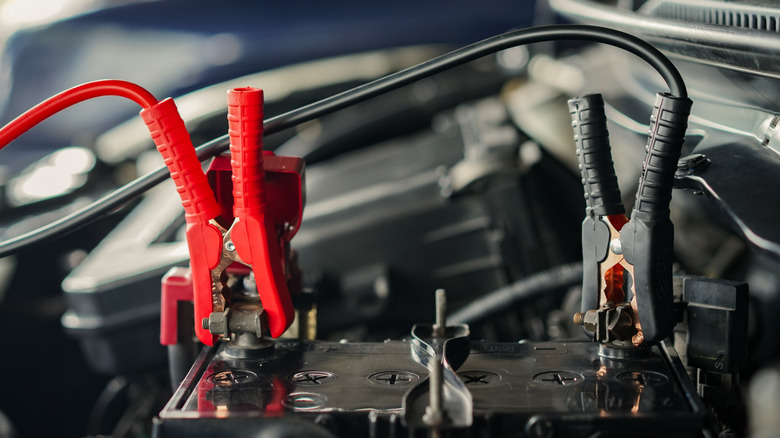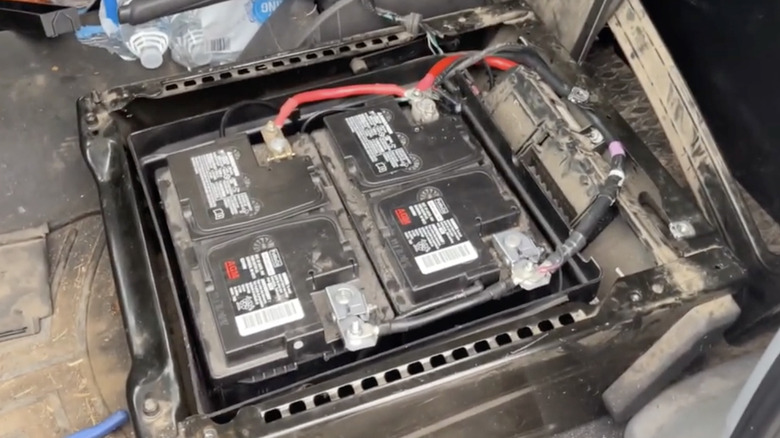
If your lifestyle or profession requires a heavy-duty pickup truck, the odds are favorable that truck will have a diesel powerplant under the hood. Although diesel fuel is currently more expensive than gasoline and you may have to purchase diesel exhaust fluid periodically, the pros still outweigh the cons. For example, diesel fuel may be more pricey than gas at the pump, but your diesel rig will deliver approximately 20% better fuel economy to help offset the cost. Diesel engines typically offer
more torque than their gasoline counterparts, too, and at lower RPMs.
All of these factors result in a higher resale value for diesel-powered heavy duty pickups, but one area where you won't save money is batteries. That's because many diesel-powered trucks have not one, but two starting batteries under the hood. The reason is because the compression ratio of diesel engines averages approximately twice that of gasoline engines. Therefore, more current is required to power the electric starter motor during the starting process.
However, what if you find yourself stranded in a parking lot or at home with a pair of dead batteries? Jumper cables or a jump-starting pack are items that you should always have with you, but does it matter which of a diesel vehicle's two batteries you hook the leads up to? Not really. It's not critical to connect jump leads to one battery or the other. That said, it's good practice to choose the battery which is located closer to the starter motor if possible.
Read more: These V6 Engines Put The LS1 V8 To Shame
Identifying The Primary Battery Is Optional

Dual battery setups in heavy duty pickup trucks are nearly always connected in what's called a parallel configuration. That means the amperage doubles, not voltage. For example, two 12-volt 600 amp batteries would yield 1,200 amps at 12-volts. That's what we want, because if they are wired the wrong way -- in series -- those same two batteries would output 24 volts at 600 amps, which isn't useful to many, if any, automotive applications.
The cables connecting the two batteries together are quite thick (low gauge or AWG) and robust, which is why it's not crucial to connect your jumper cables or jump box to one battery or the other. However, if you can identify which battery is primary -- the one that's directly connected to the vehicle's electrical system -- that's the preferable one to attach your jump leads to. For example, on many Ford and some Chevy trucks, it's the passenger's side battery, while many RAM trucks have the driver's side battery connected to the starter. To complicate things even further, both batteries feed the starter on some older Chevy trucks.
If you can't easily determine which battery provides the shorter path to the starter motor or that battery is less accessible for some reason, like parking position relative to the vehicle that's giving the jump, know that it won't make a measurable difference connecting to the other battery instead.
Want more like this? Join the Jalopnik newsletter to get the latest auto news sent straight to your inbox...
Read the original article on Jalopnik.














